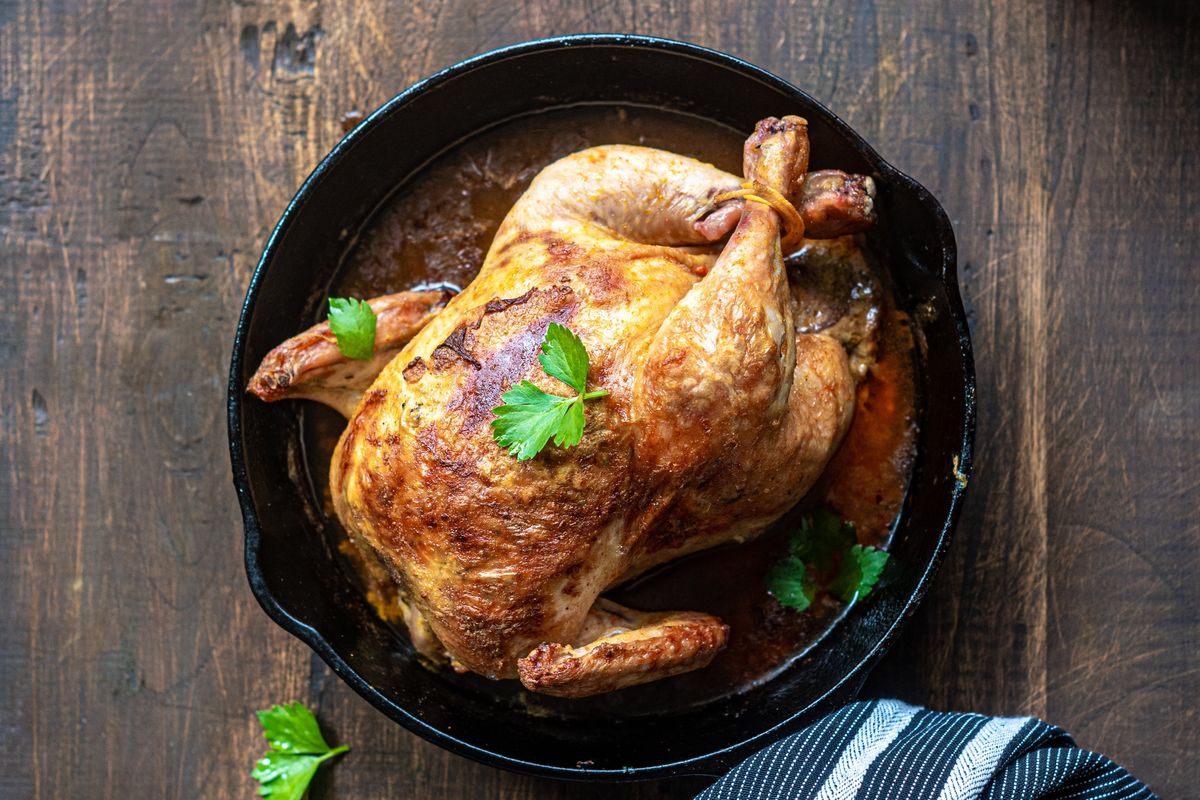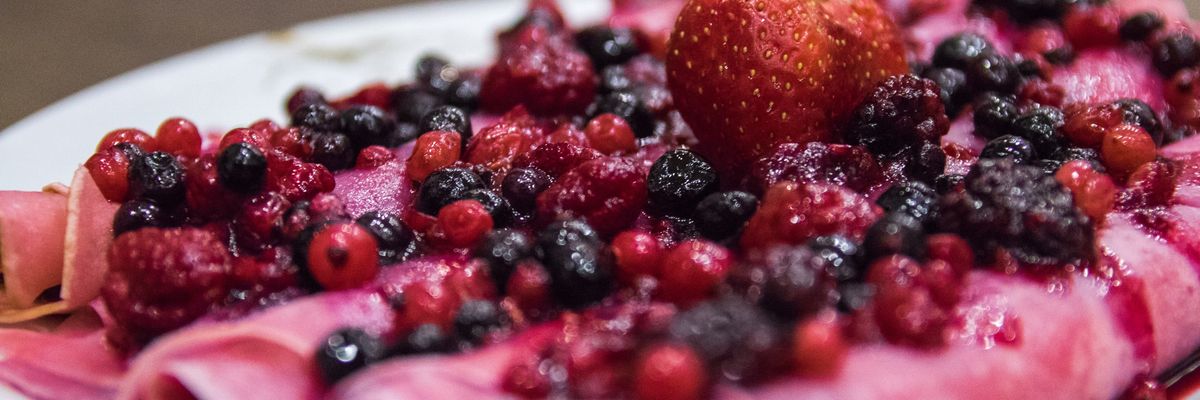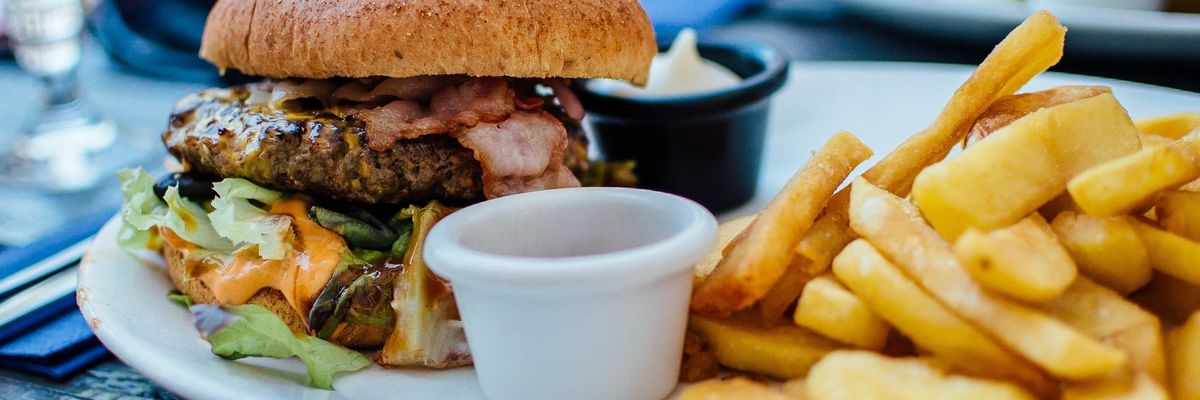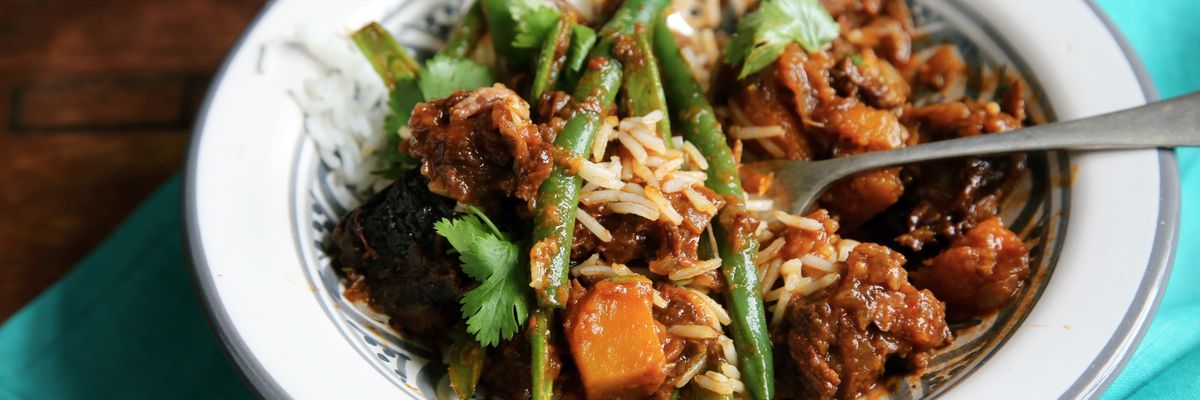CHICKEN WRAPPED ASPARAGUS

Chicken on black round plate
Photo by Anshu A on UnsplashINGREDIENTS
Ingredients for 4 rolls
- 1lb (four 4oz pieces) chicken breast
- 1/2 cup chipotle raspberry sauce
- 1/4 cup for marinating
- 1/4 cup for basting
- 16 thick asparagus spears
- aluminum foil (for tips of asparagus)
- Garnish
- finely chopped cilantro or parsley
- Fire up a grill to roughly 300F-350F (177C).
- Slice larger, thicker pieces of chicken breasts in half – butterfly cut – to make thinner pieces of chicken.
- Pat the chicken dry with a paper towel, then gently flatten out the chicken using a food mallet or the bottom of a heavier skillet. Careful not to pulverize the chicken.
- Season with a little pepper, then add the pieces to a sealable plastic bag along with half of the raspberry sauce. Seal the bag, leaving as little air as possible, and marinate for at least 20 minutes at room temperature, or 1 hour in the fridge.
- Remove the pieces of chicken from the bag. Place about 4 spears of asparagus at the thicker end of the chicken breast, then tightly roll it closed with the smaller, thinner side down. Repeat.
- Place the chicken on the hot grill with the flap side down so it cooks closed.
- Grill for 8 to 10 minutes, then flip. Use the remaining sauce to baste the (cooked side of) chicken after you flip it. Cook for another 8 to 10 minutes, or until the juices run clear and the chicken is white on the inside. Brush the remaining sauce over the chicken again and garnish.
- Enjoy the rolls with brown rice, quinoa, roasted potato or even cauliflower rice for a lower carbohydrate alternative.
CHIPOTLE RASPBERRY SAUCE

Strawberry and blueberry on white ceramic plate
Photo by Inja Pavlić on UnsplashINGREDIENTS
Ingredients for 16 servings (of 2 tbsp each)
- 2 tablespoons olive oil
- 1 tablespoon garlic, minced or chopped
- 1/3 cup red onion, diced
- 2 teaspoons cumin
- 15oz fresh raspberries
- 2/3 cup apple cider vinegar (add more/less to taste)
- 2 tablespoons Worcestershire
- 2 tablespoons liquid smoke (whichever flavor you prefer)
- 4 tablespoons coconut sugar (or honey/agave or 2g Stevia in the raw)
- 3 tablespoons can chipotle sauce (more/less to desired spice level)
- 1/2 tablespoon arrowroot starch (mixed with 1 tablespoon water)
- Set a nonstick skillet on medium heat, add olive oil, garlic and onion. Caramelize the onions for 3 minutes and be careful not to burn the garlic.
- Add cumin and "bloom" the spice in the oil for 1 minute.
- Add fresh raspberries. Gently push them around the skillet and allow them to explode under the heat to create a sauce. About 5 to 7 minutes.
- Add vinegar, Worcestershire, liquid smoke and coconut sugar. Bring it a simmer, about 1 to 2 minutes, then add chipotle sauce (and if desired, one chipotle pepper to simmer in the sauce). Cook together on low heat for 3 to 5 minutes, stirring occasionally to ensure no sticking.
- Mix arrowroot starch with water, then pour into the skillet. Stir immediately to avoid any clumping.
- Remove the skillet from the heat and allow it to thicken more. Season to taste with sea salt and pepper. If you want the sauce to be thinner, add tablespoons of vinegar or broth.
- Store in an airtight jar or container in the fridge for up to 2 weeks.
Athletes are inundated with information on how to train and recover; they don't need the added pressure of dietary information overload. Food choices affect performance, but too often we get caught up in looking for the magic bullet and honing in on specifics only to ignore the big picture.
The truth is, the majority of people seeking fitness gains benefit from backing off a bit and getting back to basics — for example: Consuming a routine diet that includes a variety of colorful, nutritious whole foods.
1. TRACK FOR ENERGY INTAKE

Man doing karate stunts on gym
Photo by Uriel Soberanes on UnsplashEnergy intake relative to exercise energy expenditure is known as energy availability. It could be tempting to up exercise without increasing the fuel to support the effort in order to get lean. However, too many athletes succumb to over-restriction and caloric deficits, which results in the body being forced to use lean tissue as fuel. Ultimately, this hinders performance and body composition.
Instead of micromanaging macronutrient breakdown, milligrams of a specific vitamin, or supplement intake, aim to have a daily balance of calories you consume versus burn. Ensuring your overall energy needs are being met is a huge game changer in how you feel and consequently how you perform.
2. REDUCE THE JUNK

Selective focus photography of burger patty, mayonnaise, and French fries served on platter
Photo by Robin Stickel on UnsplashAll foods can fit into an overall healthy diet, however, consuming foods low in nutrient density is like loading up on the 'junk miles' in your workouts. It's fuel, but it isn't making you any better. Aim to reduce the amount of low nutrient density foods consumed day to day. The best athletes indulge occasionally, but know 80% of their intake should be high-quality calories — Think: complex carbohydrates, plant proteins, omega and unsaturated fatty acids and colorful produce — to best fuel their health and performance needs. Skipping packaged foods is the best way to start eliminating poor quality foods.
3. BUILD YOUR PLATE

Meat with vegetable on plate
Photo by Caroline Attwood on UnsplashA great place to start simplifying your diet is to focus on balance, and the plate method is a great example of how to do this. Instead of measuring or weighing your food, you can use the plate's template to add protein, carbohydrates (grains or starchy vegetables) and produce, in the designated areas. This method focuses on balance — having different food types represented — and since each food type has its place, portion control comes naturally. It also provides some structure without being overbearing or restrictive. Start with a simple meal of grilled chicken, sweet potato and a salad drizzled with vinaigrette, before exploring more adventurous meals.
4. STICK TO A ROUTINE

Yellow and white alarm clock at 10 10
Photo by Laura Chouette on UnsplashMake day-to-day eating easy by sticking to a handful of high-quality meal or ingredient staples. Many professional and elite athletes eat the same meals and reach for the same snacks repeatedly. This helps reduce decision fatigue and stress, factors that increase low level inflammation and potential weight gain — the opposite of what most athletes want.
Make a list of three meals you fall back on for breakfast, lunch and dinner. Rotating the same few meals makes shopping and meal prep easy.
| Breakfast | Lunch | Dinner |
|---|---|---|
| Oatmeal with berries and yoghurt | Chopped chicken salad | Peanut tempeh with mixed vegetables and quinoa |
| Whole-grain toast with avocado and eggs | Bean burrito bowl | Steak with baked sweet potato and green beans |
| Tofu scramble burrito with fruit | Turkey and hummus on whole-grain bread with an apple and yoghurt | Salmon poke bowl with brown rice |
The Great Report
2020 Global Report Sheet





